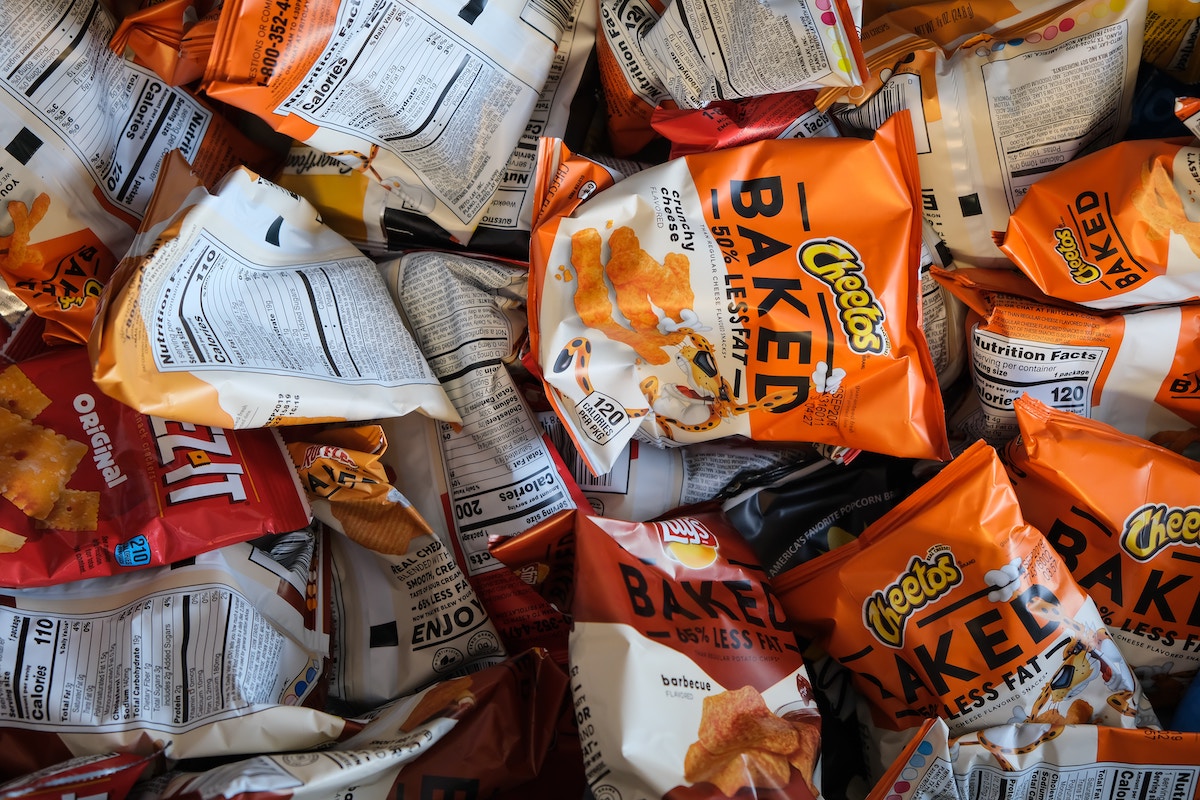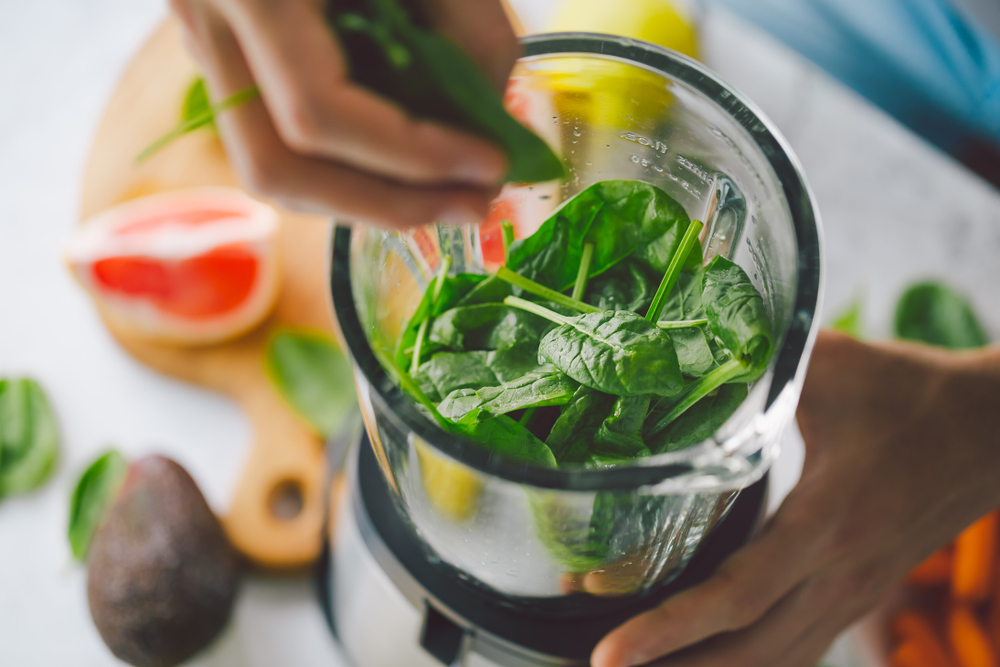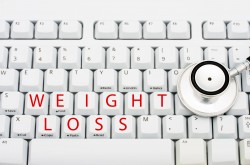By: Kayla Adams
Choosing a healthier diet isn’t as simple as avoiding fast food and opting for foods that claim organic or non-GMO. Checking nutrition labels and being able to interpret them for signs of a healthy choice, regardless of claims on the front of the package, is an essential skill!
Why Checking Nutrition Labels Matters
Knowing how to navigate nutrition information allows you to have a real understanding of what you’re consuming and whether it’s a good choice for your new lifestyle.
Consumers are more health-conscious than ever and food manufacturers, very aware of the health-focused shift, use misleading tricks to convince people that highly processed & unhealthy products are far healthier than they truly are.
Tackling the confusion of nutrition labels can be a lot to digest, but that’s what I’m here for! I’ve got 3 simple tips to help you decide what to look for & ensure that you’re making a healthy choice.

Start with the Serving Size
Taking note of the serving size will allow you to have a more accurate representation of any given food. We often confuse portions with servings, and that can get us into bad habits if we’re not paying attention. For example, think of how many pita chips you’d generally snack on in one sitting. Now, how many pita chips actually equals one serving size? It’s probably far less than you thought, and certainly not the whole bag!
Keep this in mind when you examine the rest of the nutrition label. Remember that the data is per serving, not for the entire container. So, if one serving size is 10 chips and there are 20 chips in the bag, then you’ll need to double the calories and other nutrient numbers to calculate what exactly you’re consuming as a 1-bag portion.
Serving sizes also make it easier to compare similar foods because they’re provided in comparable units such as cups or pieces. You’re not sure which pasta sauce to buy for dinner? No sweat! Put them side-by-side to compare, just don’t forget to start by examining the serving size for each.
![]()
Understand the “% Daily Value”
% Daily Values (%DV) are based on the Daily Value recommendations for key nutrients for a 2,000-calorie daily diet. It’s to be used as a reference or starting point to help you determine whether a serving of food is high or low in a nutrient that you need to include. Don’t worry, you don’t have to do any calculations. The label does the math for you!
You may notice that the column containing %DV doesn’t add up to equal 100%. It’s not incorrect, it’s simply the percentage of the Daily Value for each nutrient in one serving of the food.
To make even more simple, FDA regulations state that a serving of food containing 5%DV or less is low in that nutrient while 20%+ DV signifies that serving to be high in that nutrient. This information is useful for ensuring that you’re hitting the right nutritional balance. For example, if you’re indulging in a snack that happens to be high in fat then you may want to balance it with a food that’s low in fat for your next meal.
Remember to make sure that serving sizes are similar and using the same unit of measurement (cups, grams, milligrams, ounces, etc) when comparing products for an accurate picture.
Know Your Fats.
Many of us that are on the quest to a healthier lifestyle run for the hills when we hear the word “fats”. Don’t! There is a large difference between healthy & unhealthy fats.
One of the signs of a healthier choice is low saturated and trans fat content to help reduce the risk of heart disease and inflammation. Trans fat is often found in baked pastries as well as packaged and fried foods. Saturated fats can often be found in red meat and dairy products, so it’s a good idea to consume these foods in moderation.
Polyunsaturated and monounsaturated fats can be found in fish, avocados, nuts, and vegetable oils and they are safe to consume in higher amounts than saturated and trans fats. These healthier fats are good for your heart, cholesterol, and overall health. They can even help reduce the risk of heart disease, high blood pressure, and stroke! Checking nutrition labels & understanding which fats to avoid and which to indulge in will allow you to better interpret nutrition labels and make more informed decisions on your diet.

These are just a few quick tips to help you recognize the signs of a healthy choice as you navigate through the aisles, checking nutrition labels at your local grocery store. As with anything in life, remember that there’s good and there’s bad in everything and nothing is entirely one or the other! But, with this information, you’re more equipped to identify the best choices for your goals & lifestyle. You’re 3 steps closer to Finding Your Fit!





Comments (0)